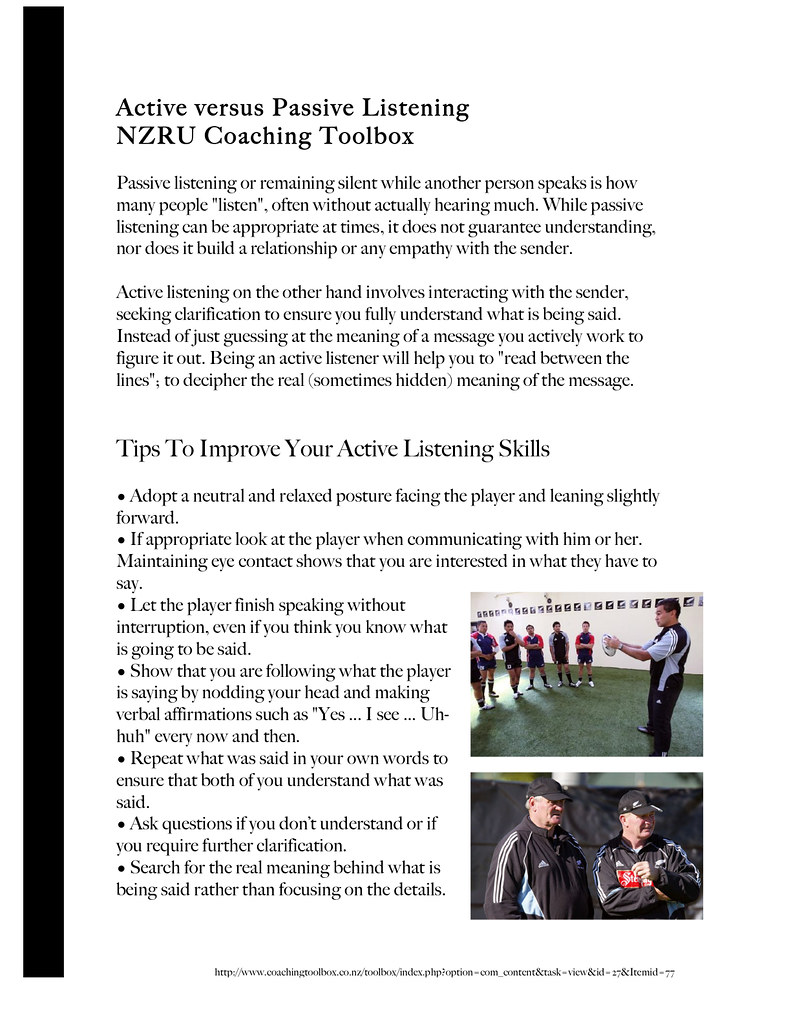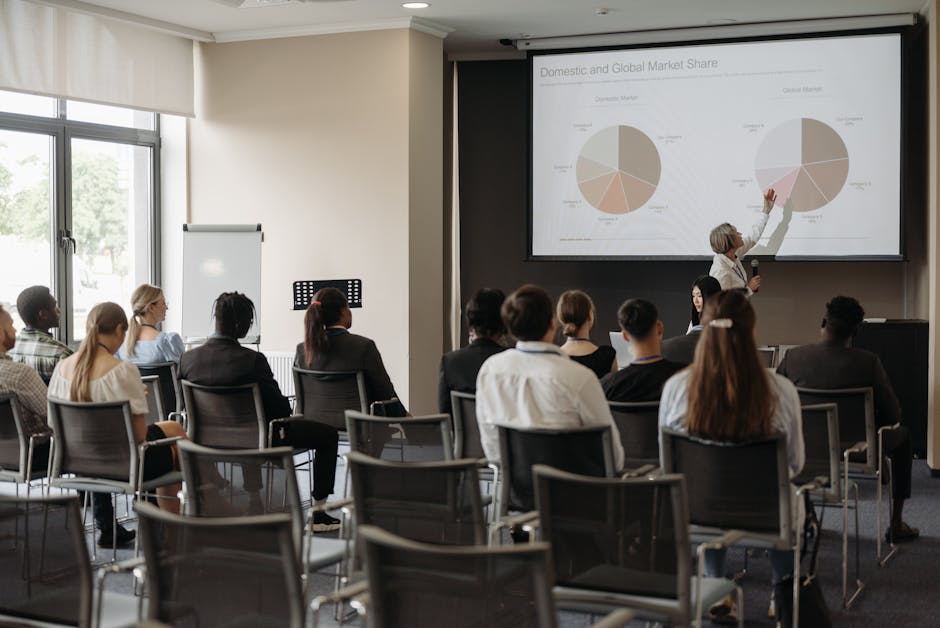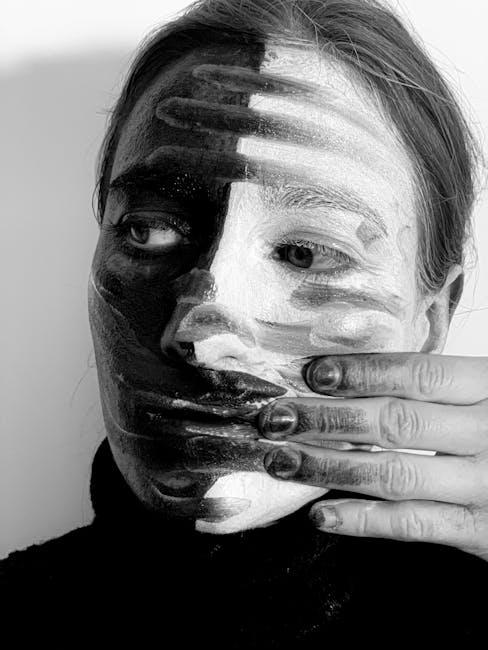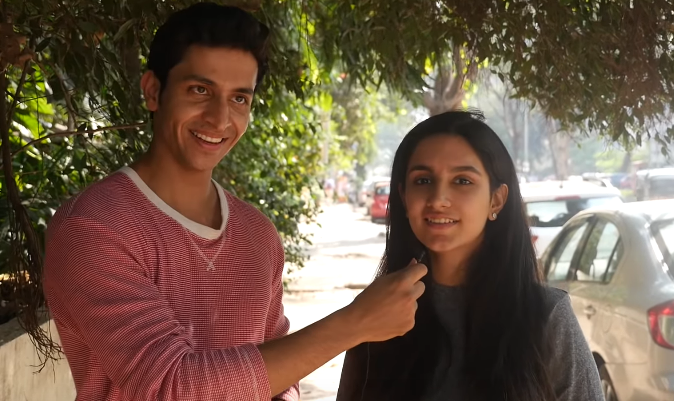Mastering the Art of Listening: Improving Communication in Relationships

Have you ever found yourself nodding along to a conversation, only to realize you have no idea what the other person is actually saying? You’re not alone! In a world filled with distractions and smartphones, mastering the art of listening has become a lost skill. But fear not, dear reader, for we are here to help you improve your communication skills and deepen your relationships through the power of attentive listening. Put down your phone, grab a seat, and let’s embark on a journey to becoming the ultimate listening master!
Key Elements of Active Listening
Active listening is like a secret weapon in the world of communication. By mastering this art, you can become a master conversationalist and really connect with others. There are a few key elements to keep in mind to become an empathy-in-todays-children/” title=”Fostering Empathy in Today's Children”>active listening pro:
- **Eye Contact**: Imagine you’re in a staring contest, but instead of trying to make the other person blink, you’re actually showing them that you’re fully present and engaged in the conversation.
- **Body Language**: Leaning in slightly and nodding your head can signal to the speaker that you’re not just physically there, but mentally too.
- **Reflective Responses**: Repeat back what the other person said in your own words to show that you’re really listening and understanding. It’s like a verbal high five for good communication.
Remember, active listening is not just about hearing words, it’s about truly understanding and empathizing with the person you’re speaking with. So next time you’re tempted to zone out during a conversation, remember these key elements and level up your listening game!
Developing Empathy and Understanding
Empathy is like a superpower that allows us to connect with others on a deeper level and truly understand their feelings and emotions. It’s kind of like mind-reading, but without the creepy vibes. In order to develop empathy, we need to start by putting ourselves in someone else’s shoes. And no, I don’t mean literally stealing their shoes (that’s just rude).
One way to practice empathy is to actively listen to others without judgment. This means no interrupting, no eye-rolling, and definitely no checking your phone while someone is pouring their heart out to you. It’s all about showing genuine interest and concern for what the other person is saying. Plus, it’s a great excuse to nod your head and pretend like you’re actually paying attention.
Another important aspect of developing empathy is being able to recognize and manage your own emotions. If you’re constantly flying off the handle or bursting into tears at the drop of a hat, it’s going to be pretty hard to connect with others on an emotional level. So take a deep breath, count to ten, and for the love of all things holy, put down the sledgehammer before you do something you’ll regret.
Creating a safe and supportive environment for others to express themselves is key to fostering empathy. Remember that we’re all human beings with our own struggles and insecurities, and a little kindness and understanding can go a long way. So next time someone opens up to you, put on your empathy cape, listen with an open heart, and resist the urge to give them unsolicited advice. Trust me, they’ll thank you for it.

Overcoming Barriers to Effective Communication
Communication barriers, we’ve all faced them at some point or another. Whether it’s a language barrier or just plain old miscommunication, they can be quite the nuisance. But fear not, there are ways to overcome these pesky obstacles.
First and foremost, it’s important to actively listen to the other person. This means giving them your full attention and really taking in what they have to say. In other words, put down that phone and focus!
Another key to effective communication is being clear and concise in your own delivery. Rambling on and on will only confuse the other person, so get straight to the point. Nobody has time for a never-ending monologue!
And let’s not forget about non-verbal communication. Body language plays a huge role in how your message is received. So sit up straight, make eye contact, and for the love of all that is good, please refrain from eye-rolling.
Lastly, don’t be afraid to ask questions if you’re unsure about something. It’s better to clarify than to assume and end up in a whole heap of miscommunication mess. Remember, effective communication is a two-way street!
Improving Nonverbal Communication
Do you ever feel like your nonverbal communication skills could use a little sprucing up? Perhaps your body language is stuck in the 90s or your facial expressions are more confusing than a mime on roller skates. Fear not, my fellow communicators, for I bring you the keys to unlocking the secrets of nonverbal communication excellence!
First things first, let’s talk about the importance of eye contact. Not to be confused with staring contests or awkwardly aggressive glares, good eye contact is like a gentle handshake for your peepers. It shows that you’re present, engaged, and not mentally composing your grocery list while someone is pouring their heart out to you. So, keep those peepers peeping and avoid the dreaded wandering eye syndrome.
Another crucial element of nonverbal communication is your posture. No one wants to chat with a human question mark or a deflated balloon. Stand tall, puff out that chest (but not to the point of looking like a rooster in a henhouse), and project confidence like a boss. And remember, a firm handshake is worth its weight in gold. None of this limp fish nonsense!
Lastly, let’s not forget about the power of facial expressions. Smiling is like a free therapy session for your face – it instantly lifts your mood and makes you seem approachable and friendly. And hey, a little eyebrow action can go a long way in showing interest and understanding. Just be careful not to raise them so high that you look permanently surprised. Ain’t nobody got time for perpetually startled eyebrows!

Practicing Reflective Listening Techniques
So, you want to become a master at reflective listening techniques, huh? Well, you’ve come to the right place! Reflective listening is like the ninja skill of communication – it requires focus, precision, and a whole lot of patience. But fear not, grasshopper, for I shall impart upon you the secrets to becoming a reflective listening guru.
First things first, clear your mind of all distractions. Put away your phone, turn off the TV, and for the love of all that is holy, stop thinking about what you’re going to have for lunch. Reflective listening is all about giving the other person your undivided attention. Be present in the moment and show them that you truly care about what they are saying.
Next, it’s time to channel your inner detective. Listen not just to the words being spoken, but also to the tone, body language, and emotions behind them. Pay attention to subtle cues like sighs, pauses, and eye movements. These can give you valuable insights into the other person’s thoughts and feelings.
And remember, reflective listening is not just about nodding and saying “uh-huh” every now and then. It’s about truly understanding and validating the other person’s perspective. Use phrases like “It sounds like you’re feeling frustrated” or “I hear you saying that you’re excited about this new opportunity.” Show them that you’re not just hearing their words, but really listening to their heart.
Strategies for Better Communication in Conflict Situations
Ever found yourself in the middle of a heated argument where it feels like you’re speaking a completely different language from the other person? Don’t worry, we’ve all been there. But fear not, here are some strategies to help you navigate those tricky conflict situations with finesse and maybe even a dash of humor!
First and foremost, it’s important to actively listen to the other person’s perspective. Put on your detective hat and try to uncover their hidden motivations and underlying emotions. Remember, communication is a two-way street, so make sure to give them the floor to express themselves without interruption. And when it’s your turn to speak, use empathy and understanding to show that you truly care about their feelings.
Another key strategy is to avoid blame and finger-pointing like it’s the plague. Instead, focus on using “I” statements to express your own emotions and concerns. For example, instead of saying “You always do this!”, try saying “I feel frustrated when this happens.” This shifts the conversation from a blame game to a more constructive dialogue where both parties can work towards a solution.
Lastly, don’t be afraid to inject a little humor into the mix to diffuse tension. Crack a joke, use a funny anecdote, or even break out into your best dance moves (okay, maybe not that last one). Laughter is a universal language that can help break down barriers and bring people closer together. So embrace your inner comedian and watch those conflict situations transform into moments of connection and understanding!
FAQs
Why is listening important in relationships?
Well, imagine trying to have a conversation with someone who is constantly talking over you or not paying attention – it’s like trying to communicate with a brick wall! Listening shows that you care about what the other person has to say and helps to build trust and understanding in relationships.
How can I improve my listening skills?
First of all, put down your phone – unless it’s playing some smooth jazz in the background. Make eye contact, nod your head, and show that you are actively engaged in the conversation. Don’t interrupt, let the other person finish speaking before you jump in with your own thoughts. And remember, it’s not a competition to see who can talk the most – being a good listener is an art form!
What are some common listening pitfalls to avoid?
Avoid distractions like the plague – put away any electronics, turn off the TV, and focus on the person speaking. Don’t be thinking about what you’re going to have for dinner or mentally drafting your grocery list. And for the love of all that is good in this world, don’t start giving unsolicited advice or trying to solve the other person’s problems – sometimes they just need someone to listen and empathize with them.
How can listening improve communication in relationships?
When you truly listen to your partner, you are creating a safe space for them to express themselves and feel heard. This leads to better understanding, fewer misunderstandings, and ultimately stronger connections in your relationship. Plus, who doesn’t love the sound of their own voice being appreciated?
What are some concrete steps I can take to become a better listener?
Practice active listening by paraphrasing what the other person has said to ensure you’ve understood them correctly. Ask open-ended questions to encourage them to elaborate on their thoughts and feelings. And most importantly, show empathy and validate their experiences – even if you don’t necessarily agree with them. Remember, it’s not always about being right, it’s about being present.
So, are you ready to become a listening master?
Congratulations, you’ve made it to the end of our guide on mastering the art of listening! Remember, communication is a two-way street, and being a good listener is just as important as being a good talker (or texter, if that’s more your style). So next time you’re in a conversation, put down your phone, nod your head, and really tune in to what the other person is saying. Who knows, you might just become the MVP of communication in all your relationships. Now go forth, young Padawan, and may the listening force be with you!






